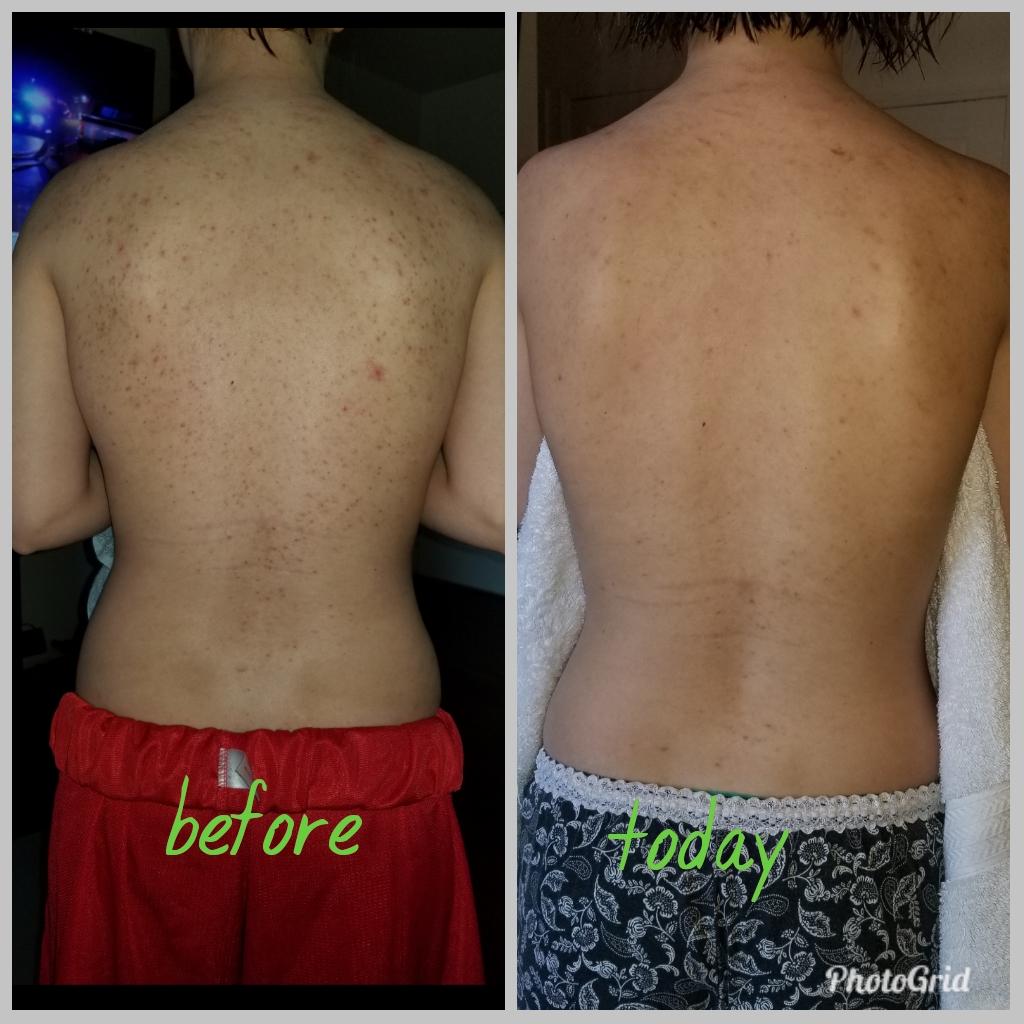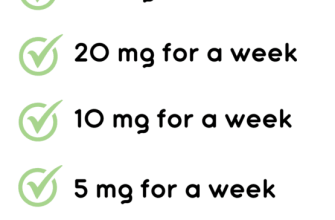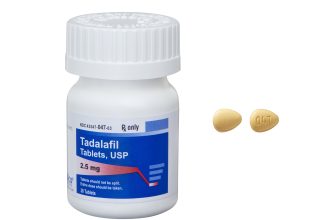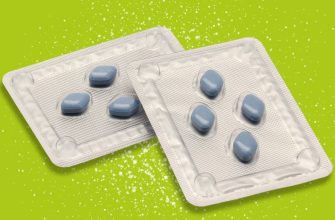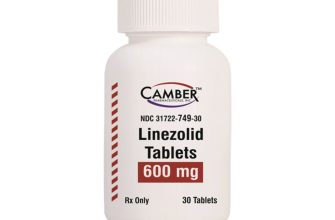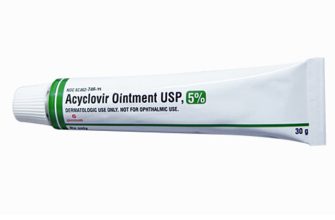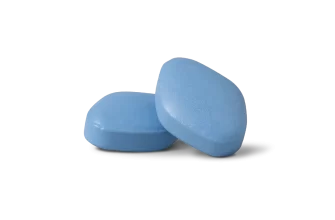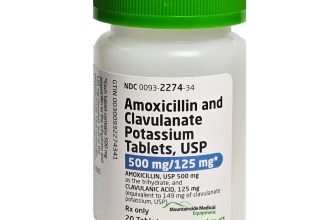Doxycycline can significantly improve back acne. This antibiotic targets the bacteria Cutibacterium acnes, a key contributor to acne breakouts. However, remember that it’s not a magic bullet; consistent use and a holistic approach are crucial for optimal results.
A common dosage for acne is 100-200mg daily, often taken twice daily. Your dermatologist will determine the right dosage and duration based on your specific needs. Expect improvement within a few weeks, but complete clearing may take several months. Continue the prescribed treatment course even if your acne seems to clear sooner; stopping early can lead to relapse.
Alongside doxycycline, incorporate a gentle cleansing routine. Wash your back twice daily with a mild, non-comedogenic cleanser. Avoid harsh scrubbing, which can irritate your skin and worsen inflammation. Consider using benzoyl peroxide or salicylic acid topical treatments, which your dermatologist can advise on to compliment the doxycycline regimen.
Important Note: Doxycycline can increase sun sensitivity. Use a broad-spectrum sunscreen with at least SPF 30 daily, even on cloudy days. Also, this medication can interact with other drugs; inform your doctor of all medications you currently take. Regular check-ups with your dermatologist are also recommended to monitor progress and adjust treatment as needed. Finally, hydration is key; drink plenty of water to support healthy skin.
- Doxycycline Back Acne: A Comprehensive Guide
- Understanding Doxycycline’s Role
- Treatment Considerations and Side Effects
- Beyond Doxycycline: A Holistic Approach
- Maintaining Clear Skin
- What is Doxycycline and How Does it Work for Acne?
- Doxycycline for Back Acne: Dosage and Treatment Duration
- Side Effects of Doxycycline for Back Acne
- Who Should Not Use Doxycycline for Back Acne?
- Combining Doxycycline with Other Acne Treatments
- Topical Retinoids
- Salicylic Acid
- When to Expect Results from Doxycycline for Back Acne
- Factors Influencing Results
- Maintaining Treatment
- When to Consult Your Doctor
- Potential Long-Term Effects of Doxycycline Use
- Gastrointestinal Issues
- Photosensitivity
- Tooth Discoloration
- Alternatives to Doxycycline for Back Acne
- Topical retinoids
Doxycycline Back Acne: A Comprehensive Guide
Doxycycline often treats back acne because it targets the bacteria contributing to breakouts. However, it’s a prescription antibiotic, so always consult a dermatologist before use.
Understanding Doxycycline’s Role
Doxycycline, a tetracycline antibiotic, reduces inflammation and fights Cutibacterium acnes (formerly Propionibacterium acnes), a bacteria frequently involved in acne development. It works systemically, addressing breakouts throughout the body, including the back.
- Reduces inflammation: Doxycycline lessens redness and swelling associated with acne lesions.
- Targets bacteria: It directly combats the bacteria causing inflammation.
- May improve overall skin condition: Beyond acne reduction, some individuals notice improvements in overall skin clarity.
Treatment Considerations and Side Effects
While effective, doxycycline isn’t without potential side effects. These can include nausea, diarrhea, yeast infections, and increased sun sensitivity. Your doctor will discuss these risks and monitor your progress.
- Dosage: Your doctor determines the appropriate dosage based on your individual needs and acne severity.
- Duration: Treatment duration varies, usually lasting several weeks or months.
- Sun protection: Use sunscreen with an SPF of 30 or higher to protect against sun sensitivity.
- Medication adherence: Taking the medication as prescribed is crucial for optimal results.
Beyond Doxycycline: A Holistic Approach
Doxycycline is often part of a broader acne treatment plan. Combining it with topical treatments like benzoyl peroxide or retinoids can enhance results. A dermatologist can create a customized plan addressing your specific skin type and concerns.
Maintaining Clear Skin
Maintaining clear skin requires consistent effort. Good hygiene, including regular showering and washing with a gentle cleanser, is vital. Also, consider these strategies:
- Clean clothing: Change clothes frequently, particularly after exercise.
- Showering after exercise: Remove sweat promptly to prevent bacterial growth.
- Diet and hydration: Maintaining a healthy diet and staying well-hydrated may contribute to clearer skin.
Remember, a dermatologist can offer personalized advice and monitor your progress. Don’t hesitate to contact your healthcare provider if you have any questions or concerns.
What is Doxycycline and How Does it Work for Acne?
Doxycycline is an antibiotic, a medication that fights bacterial infections. For acne, it targets the bacteria Cutibacterium acnes (formerly Propionibacterium acnes), a key player in acne development. This bacteria thrives in pores, causing inflammation and breakouts.
Doxycycline works by preventing these bacteria from multiplying and causing further damage. It reduces inflammation, leading to clearer skin. Doctors often prescribe it for moderate to severe acne that doesn’t respond well to topical treatments. It’s usually taken orally, once or twice daily, as directed by a physician.
Important Note: Doxycycline is a powerful medication. Always follow your doctor’s instructions precisely regarding dosage and duration of treatment. It’s crucial to complete the full course of medication, even if your acne clears up sooner. Also, inform your doctor about any other medications you are taking, as interactions may occur.
Side effects can include nausea, diarrhea, and sun sensitivity. While rare, more serious side effects are possible. Consult your doctor immediately if you experience unusual symptoms.
Doxycycline isn’t a long-term solution for all acne sufferers. It’s often used in conjunction with other treatments, such as topical retinoids or benzoyl peroxide, for optimal results. Your dermatologist can create a personalized treatment plan that best suits your needs.
Doxycycline for Back Acne: Dosage and Treatment Duration
Your doctor will determine the right dosage and treatment length for your specific situation. Commonly, doctors prescribe 100-200mg of doxycycline once or twice daily.
Treatment duration typically ranges from several weeks to several months, depending on the severity of your acne. For milder cases, a shorter course might suffice. Severe acne often requires longer-term treatment.
- Important Note: Always follow your doctor’s instructions precisely regarding dosage and duration.
- Medication Adherence: Consistent daily intake is key to successful treatment. Missing doses can reduce its effectiveness.
Don’t stop taking doxycycline prematurely, even if your acne clears up quickly. Completing the full course prevents relapse and ensures the best possible outcome.
Regular follow-up appointments with your dermatologist are recommended to monitor your progress and make any necessary adjustments to your treatment plan. They can assess your response to the medication and discuss any side effects.
- Potential Side Effects: Common side effects include nausea, diarrhea, and sun sensitivity. Report any unusual symptoms to your doctor immediately.
- Sun Protection: Increased sun sensitivity is common. Use sunscreen with a high SPF daily to protect your skin.
- Interactions: Inform your doctor of all other medications you are taking, as doxycycline can interact with some drugs. This includes over-the-counter medications and supplements.
Remember, individual responses to medication vary. Open communication with your healthcare provider is vital for personalized treatment and optimal results.
Side Effects of Doxycycline for Back Acne
Doxycycline, while effective for treating back acne, can cause several side effects. These vary in severity and frequency. Some are mild and temporary, while others require medical attention.
Common side effects include nausea, diarrhea, and stomach upset. These usually subside as your body adjusts to the medication. Drink plenty of water and consider taking doxycycline with food to minimize gastrointestinal discomfort.
Less frequent, but more serious, side effects include increased sun sensitivity. Always wear sunscreen with a high SPF (30 or higher) and protective clothing when exposed to the sun. Avoid prolonged sun exposure, especially during peak hours.
Yeast infections can also occur. These are more likely if you are a woman. Monitor for symptoms like vaginal itching or discharge and contact your doctor if you experience them.
Rare but possible side effects include esophageal irritation. To prevent this, take doxycycline with a full glass of water and remain upright for at least 30 minutes after taking the medication.
| Side Effect | Frequency | Recommendation |
|---|---|---|
| Nausea, Diarrhea | Common | Take with food, drink plenty of water |
| Sun Sensitivity | Less Common | Use high SPF sunscreen, avoid prolonged sun exposure |
| Yeast Infection | Less Common | Contact your doctor if symptoms appear |
| Esophageal Irritation | Rare | Take with plenty of water, remain upright after taking |
If you experience any concerning side effects, discontinue use and contact your doctor immediately. They can assess the situation and recommend appropriate adjustments to your treatment plan.
Who Should Not Use Doxycycline for Back Acne?
Pregnant or breastfeeding women should avoid doxycycline. This antibiotic can harm the developing fetus or infant.
Individuals with known allergies to tetracyclines, the family of antibiotics to which doxycycline belongs, should absolutely avoid it. Allergic reactions can range from mild rashes to severe anaphylaxis.
People with kidney or liver problems need to discuss doxycycline use with their doctor. These organs play a critical role in processing the medication, and impaired function may lead to medication buildup and increased risk of side effects.
Children under 8 years old generally shouldn’t take doxycycline. Its use in this age group can cause permanent discoloration of teeth.
Individuals taking specific medications, such as certain anticoagulants or oral contraceptives, need medical guidance before starting doxycycline. Interactions may reduce the effectiveness of these medications or increase the risk of side effects.
Always consult your doctor or dermatologist before starting any acne treatment, including doxycycline. They can assess your individual health situation and determine if doxycycline is the right choice for you, considering potential risks and benefits.
Combining Doxycycline with Other Acne Treatments
Doxycycline often works best alongside topical treatments. A common combination includes doxycycline and benzoyl peroxide. Benzoyl peroxide kills acne-causing bacteria and helps unclog pores, complementing doxycycline’s antibiotic action. This combination can significantly reduce inflammation and improve overall skin clarity.
Topical Retinoids
Retinoids, like tretinoin or adapalene, increase skin cell turnover, preventing clogged pores. Using a retinoid alongside doxycycline can further enhance acne reduction. However, start with a low concentration of retinoid and gradually increase it to minimize irritation. Always consult your dermatologist before combining treatments.
Salicylic Acid
Salicylic acid, a beta-hydroxy acid (BHA), excels at unclogging pores. It works synergistically with doxycycline to reduce breakouts. Look for products containing salicylic acid at a concentration of 2% or less to avoid potential irritation, especially when combined with doxycycline. Careful application is key to prevent dryness or peeling.
Remember, individual responses to treatment combinations vary. Your dermatologist can help you create a personalized acne treatment plan that incorporates doxycycline and other therapies suitable for your skin type and acne severity. Regular follow-up appointments are crucial for monitoring progress and adjusting the treatment as needed.
When to Expect Results from Doxycycline for Back Acne
You might see a noticeable improvement in your back acne within 2 to 4 weeks of starting doxycycline. However, consistent improvement often takes longer. Don’t be discouraged if you don’t see immediate results.
Factors Influencing Results
The timeline varies. Your individual response depends on factors such as the severity of your acne, your body’s response to the medication, and the dosage prescribed. Some people experience significant clearing within a month, while others may need 6 to 8 weeks before seeing substantial changes.
Maintaining Treatment
Consistency is key. Continue taking doxycycline as directed by your doctor, even if you notice improvement early on. Stopping prematurely might lead to a relapse. Complete the prescribed course to achieve optimal results and prevent acne recurrence. Discuss any concerns or lack of progress with your dermatologist.
When to Consult Your Doctor
Schedule a follow-up appointment with your doctor if you haven’t seen any improvement after 8 weeks of treatment. They can assess your progress, adjust your dosage, or explore alternative treatment options if needed. Report any significant side effects immediately.
Potential Long-Term Effects of Doxycycline Use
While doxycycline effectively treats acne, prolonged use can increase your risk of certain side effects. These are generally rare but warrant attention. Specifically, long-term use may lead to an increased susceptibility to yeast infections, particularly Candida overgrowth, due to disruption of the gut microbiome. You might experience symptoms like vaginal yeast infections or oral thrush. Regular probiotic intake during and after treatment can help mitigate this risk.
Gastrointestinal Issues
Doxycycline can sometimes cause digestive upset, even with short-term use. However, extended use significantly raises the chances of experiencing persistent nausea, diarrhea, or abdominal pain. Always inform your doctor about any digestive problems you develop. Staying well hydrated and consuming a balanced diet rich in fiber might help alleviate some symptoms.
Photosensitivity
Increased sun sensitivity is a common side effect of doxycycline, and this sensitivity can intensify with prolonged exposure. Consistent use of high-SPF sunscreen is crucial, especially during periods of prolonged sun exposure. Limit your time in direct sunlight, and consider wearing protective clothing when appropriate. This is especially important for individuals with fair skin.
Tooth Discoloration
Doxycycline can stain developing teeth, particularly in children and pregnant women. The risk is significantly higher with long-term use during these periods. Adults are less susceptible, but prolonged use could potentially impact tooth color. Regular dental checkups are recommended during and after treatment. If tooth discoloration occurs, consult your dentist regarding possible treatment options.
Alternatives to Doxycycline for Back Acne
Consider benzoyl peroxide wash or topical solutions. These directly kill acne-causing bacteria, reducing inflammation and breakouts. Apply daily, ideally after showering, to clean, dry skin. Start with a lower concentration and gradually increase as tolerated, to avoid skin irritation. Many over-the-counter options are available.
Topical retinoids
Retinoids, like tretinoin or adapalene, increase skin cell turnover, preventing clogged pores. They are highly effective but can cause initial dryness and irritation. Start with a low concentration and use only at night. Always apply sunscreen during the day, as retinoids increase sun sensitivity. A dermatologist can prescribe the best option for your skin type.
Salicylic acid is another excellent topical treatment. It gently exfoliates the skin, unclogging pores and reducing inflammation. Look for products containing 2% salicylic acid or higher. Similar to benzoyl peroxide, start with infrequent application and increase gradually to avoid irritation. It’s readily available in cleansers, toners and spot treatments.
For moderate to severe back acne, your dermatologist might recommend chemical peels. These professional treatments use various acids to exfoliate the skin deeply, clearing breakouts and improving skin texture. The frequency and type of peel will depend on your specific needs and skin tolerance.
Finally, remember lifestyle changes play a role. Maintaining a balanced diet, managing stress, and practicing good hygiene–regular showering and changing clothes after workouts–contributes significantly to clearer skin.

